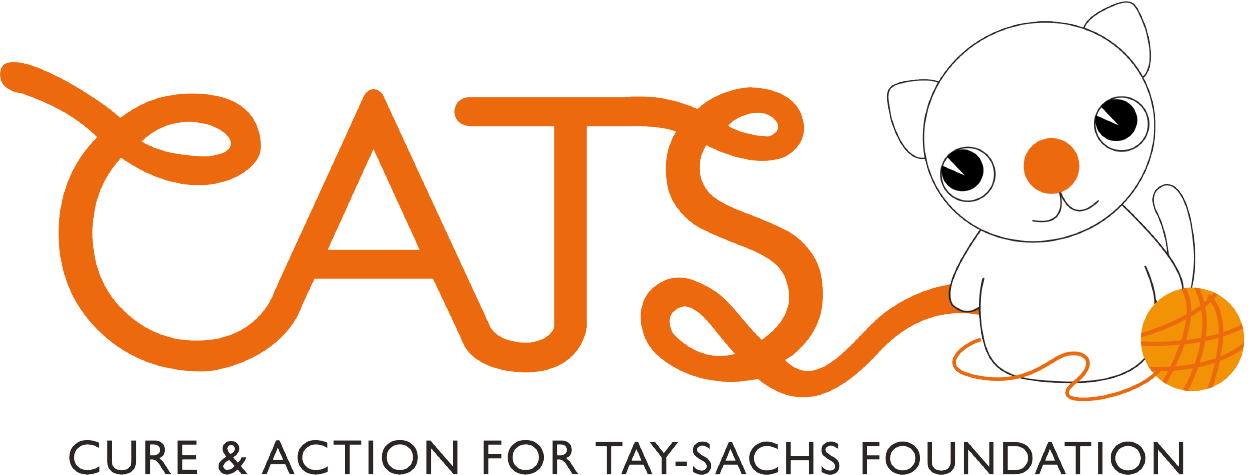
What is dysarthria
When you are faced with a Tay-Sachs diagnosis the natural thing is to look through a list of symptons which may occur. Dysarthria is one which you may notice but nine out of ten people will have no idea what it is. We have put together an explanation of this condition and its relationship to Tay-Sachs.
Overview
The medical explanation is shown below:
“Dysarthria is a motor speech disorder resulting from neurological injury of the motor component of the motor-speech system and is characterized by poor articulation. Any of the speech subsystems (respiration, phonation, resonance, prosody, and articulation) can be affected, leading to impairments in intelligibility, audibility, naturalness, and efficiency of vocal communication.”
This is basically saying that dysarthria is a problem with all the componets of speech – not only talking. This means that breathing, the ability to talk and the ability to make sounds are a few of the problems which occur due to the disorder. Dysarthria is due to damage of the section of the brain responsbile for speech.
The medical description contines:
“Neurological injury due to damage in the central or peripheral nervous system may result in weakness, paralysis, or a lack of coordination of the motor-speech system, producing dysarthria. These effects in turn hinder control over the tongue, throat, lips or lungs for example; swallowing problems (dysphagia) are also often present.”
The above is describing the many sysmtons of dysarthria which are all very common in Tay-Sachs – such as an inability to form words. As a lysosomal storage disease there is damage to the central nervous system in Tay-Sachs which is why dysarthria occurs in the condition.
The effect on the individual
It is very difficult to say exactly how dysarthria will affect each individual. There is a list of symptoms shown below but it is important to remember that some may occur in one person while all may occur in another.
- Timing
- Vocal quality
- Pitch
- Volume
- Breath control
- Speed
- Strength
- Steadiness
- Range
- Tone
Tay-Sachs and dysarthria
In Tay-Sachs dysarthria becomes more obvious over the progression of the disease. In children with the juvenile form they do not display any of the symptoms of dysarthria until much later than a child with the classic form. Over time all the symptoms listed above can happen – and these themselves lead to further problems such as with swallowing (dysphagia).
Helping someone with dysarthria
Speech and language therapy is required to assess and treat the bulbar and facial muscles. A programme of exercises is developed to improve muscle tone and movement to match the individual’s needs.




I have really bad dysarthria after a few strokes I have had them 18 years ago I have to be confident because what else can I do but I wish people would stop thinking that I am deaf I had my stroke when my son was born I was 22 I am now 41